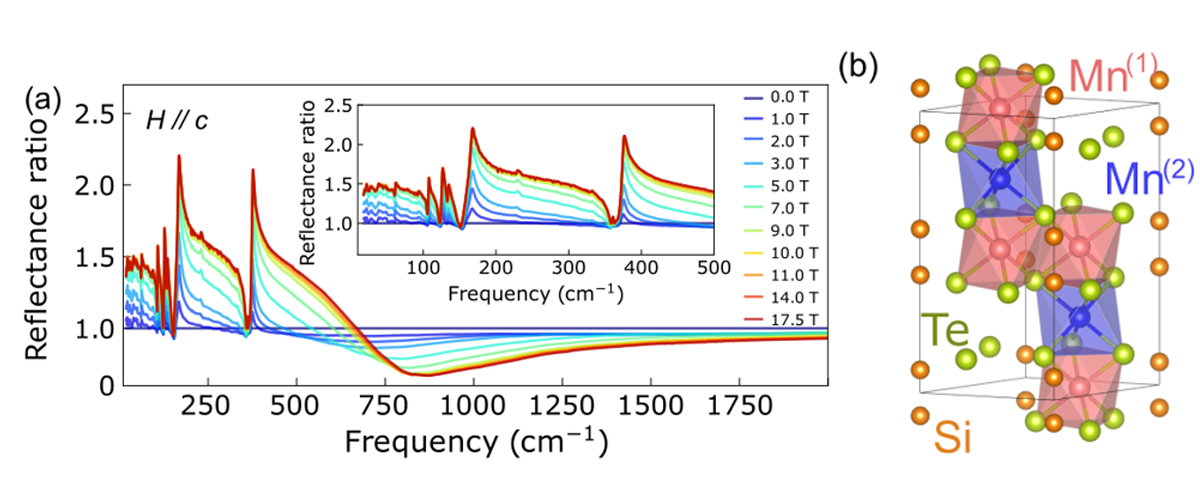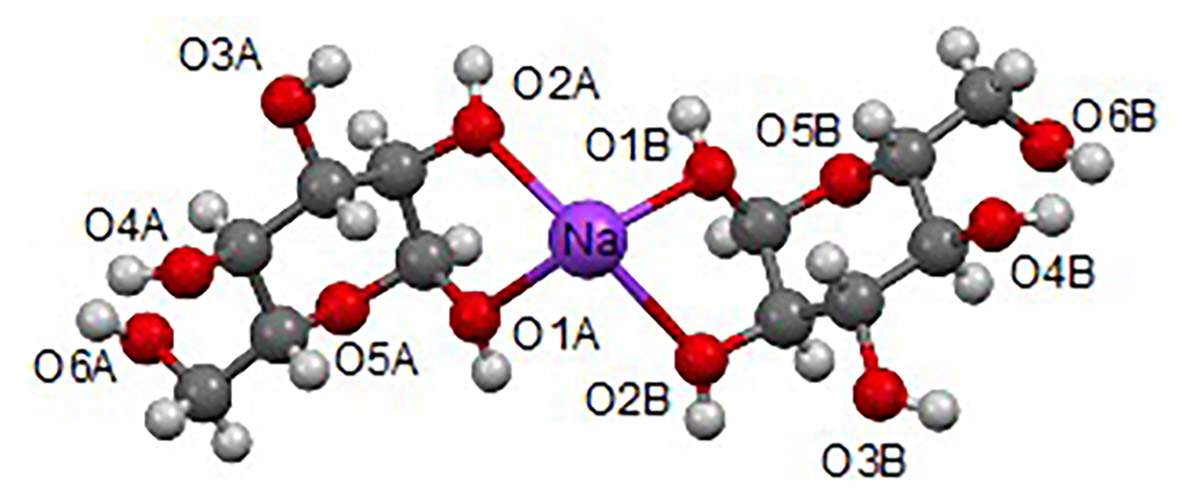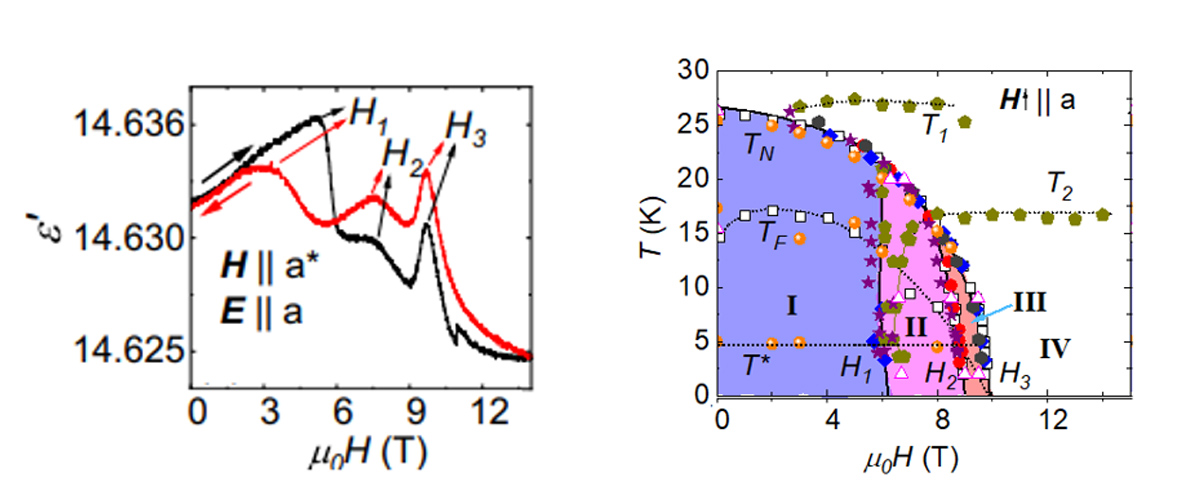What did scientists discover?
Scientists used high-field infrared spectroscopy to study how a Manganese, Silicon, Tellurium compound (Mn3Si2Te6) changes from an insulator to a metal under a magnetic field. Instead of becoming a regular metal, it forms a weak metallic state with trapped charges, revealing unique magnetic and electronic behavior.
Why is this important?
This research reveals how materials switch from insulators to metals at a microscopic level, uncovering new quantum states and paving the way for designing materials with exceptional magnetoresistance. These materials have potential uses in technologies like data storage and sensors.
Who did the research?
Yanhong Gu1, Kevin A. Smith1, Amartyajyoti Saha2, Chandan De3, Choong-jae Won3, Yang Zhang1, Ling-Fang Lin1, Sang-Wook Cheong3,4, Kristjan Haule4, Mykhaylo Ozerov5, Turan Birol2, Christopher Homes6, Elbio Dagotto1, Janice L. Musfeldt1
1University of Tennessee; 2University of Minnesota; 3Pohang University of Science and Technology; 4Rutgers University; 5National MagLab; 6Brookhaven National Laboratory
Why did they need the MagLab?
Magnetoresistance happens when a material’s resistance changes due to a magnetic field, but understanding why it happens takes a deeper look and specialized instruments and techniques. Using specialized high-field infrared measurements available at the MagLab, scientists were able to probe the behavior of both the crystal structure and charge carriers simultaneously. This was made possible by advanced optical tools developed specifically for this research.
Details for scientists
- View or download the expert-level Science Highlight, Unconventional insulator-to-metal phase transition in Mn3Si2Te6
- Read the full-length publication, Unconventional insulator-to-metal phase transition in Mn3Si2Te6, in Nature Communications
Funding
This research was funded by the following grants: DoE, BES, PBM (DE-SC00023144); K. Amm (NSF DMR-2128556)
For more information, contact Tim Murphy.






